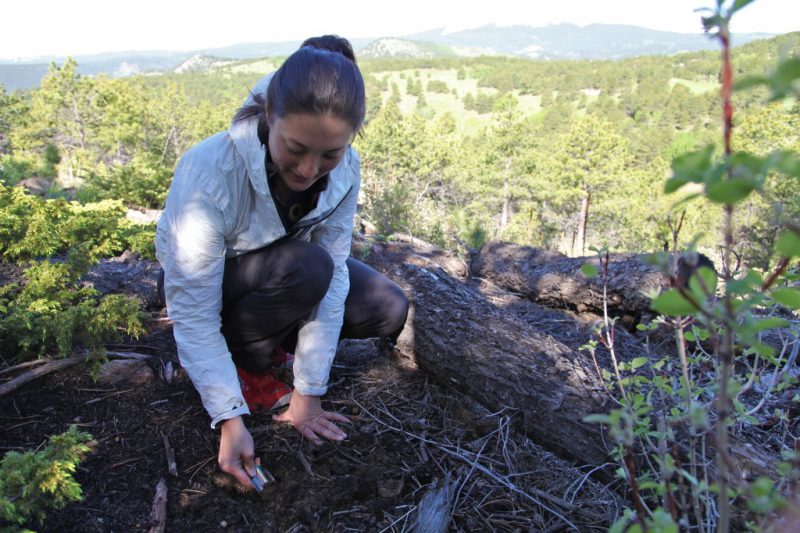“Bathe twice a day to be really clean, once a day to be passably clean, once a week to avoid being a public menace.”
~ Anthony Burgess
Maintaining hygiene standards in the wilderness is important for warding off infections and intestinal problems. However, a hiker’s personal hygiene should never come at the expense of the environment.
Body Wash
Distance: Choose a spot at least 50 metres (55 yards) away from water sources.
Means: Use your cooking pot or a large water sack (e.g. Platypus). Focus on the “essential” areas. If you choose to use soap, make it biodegradable and dilute it as much as possible.
Alternatives: If water is in short supply, then baby wipes are a good option.
Swimming: Before jumping in, be sure to give yourself a quick pre-wash if you have been using sunscreen, insect repellent or any other type of cream or lotion. At the end of a long hot day on the trail, it is easy to forget that what you see as a quick means of cooling-off and getting clean, is in actual fact a home for aquatic life and/or a water source for animals and future hikers.

Sunset swim in Lake Baikal | Siberia, Russia, 2009.
The #2 Question
Location, Location: Choose a spot at least 50m away from water sources. Avoid drainage areas where heavy rains may dislodge the faeces and wash it downstream. Whenever possible, choose a site with maximum sun exposure, as heat helps to accelerate the decomposition process.
Depth: Dig a hole about 15 cm (6 inches) deep. Don’t go too much deeper as soils decomposing bacteria is concentrated closest to the surface. Use a rock, sturdy tent peg or best of all, an ultralight potty trowel. For a barely noticeable weight penalty of less than an ounce, these bad boys leave you with no excuses in regards to digging a proper cat hole for your deposit!
Technique: Once you have finished your movement, break it up with a stick, and mix in some dry leaves or grass to help speed up decomposition. Urine and water also helps.
Toilet Paper: There is nothing worse than seeing used toilet paper in the wilderness. At the very least all TP should be well buried. The best option is to pack it out. Use a ziplock bag to decrease the odour factor. If it makes you feel weird looking at a bag of used TP, double it up with a coloured baggy.
Alternatives: If you use natural materials (e.g. moss, large leaves, flat rocks) for wiping, then bury them together with the faeces.
Clean-Up: Always clean your hands after finishing. If using soap (biodegradable) and water, do so at least 50 metres (55 yards) away from water sources. See Intestinal Disorders in the Health & Safety section for further tips.
